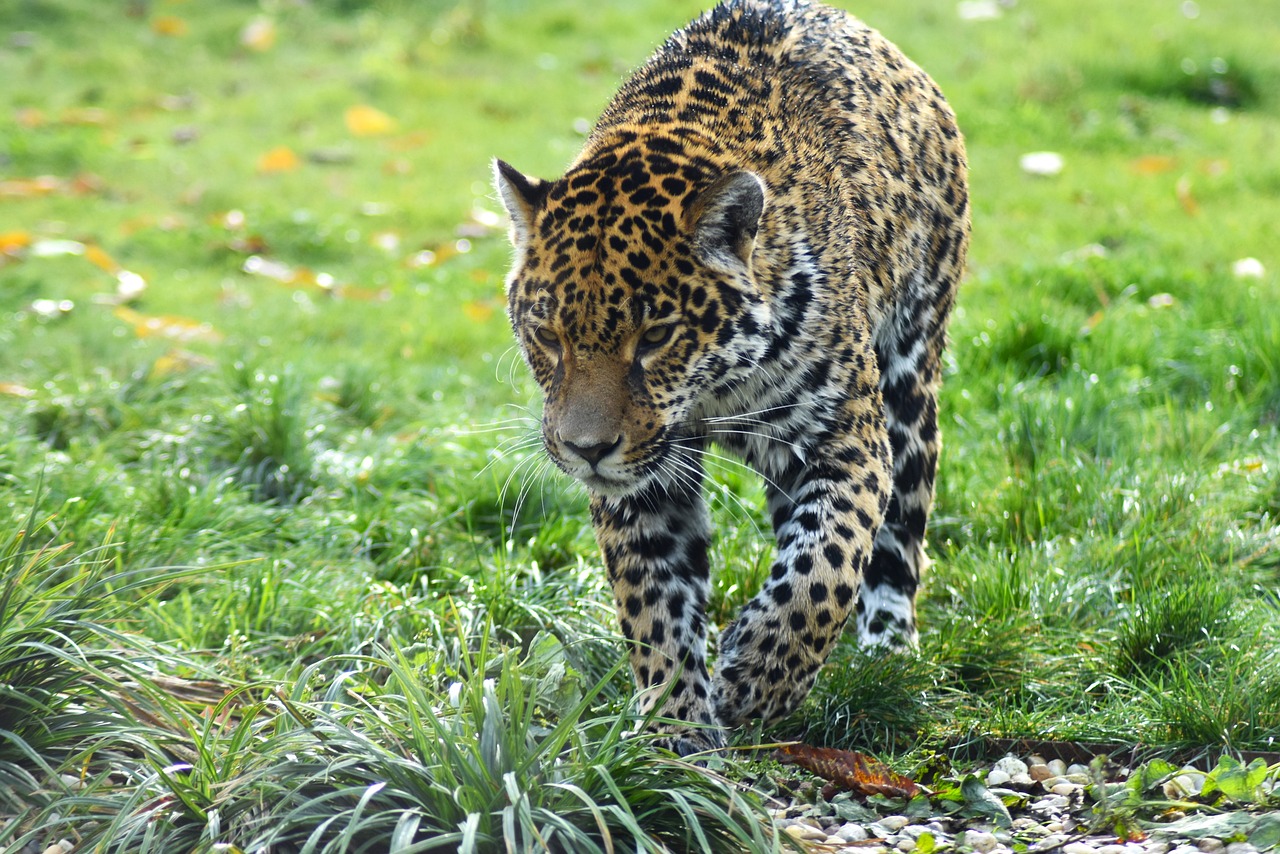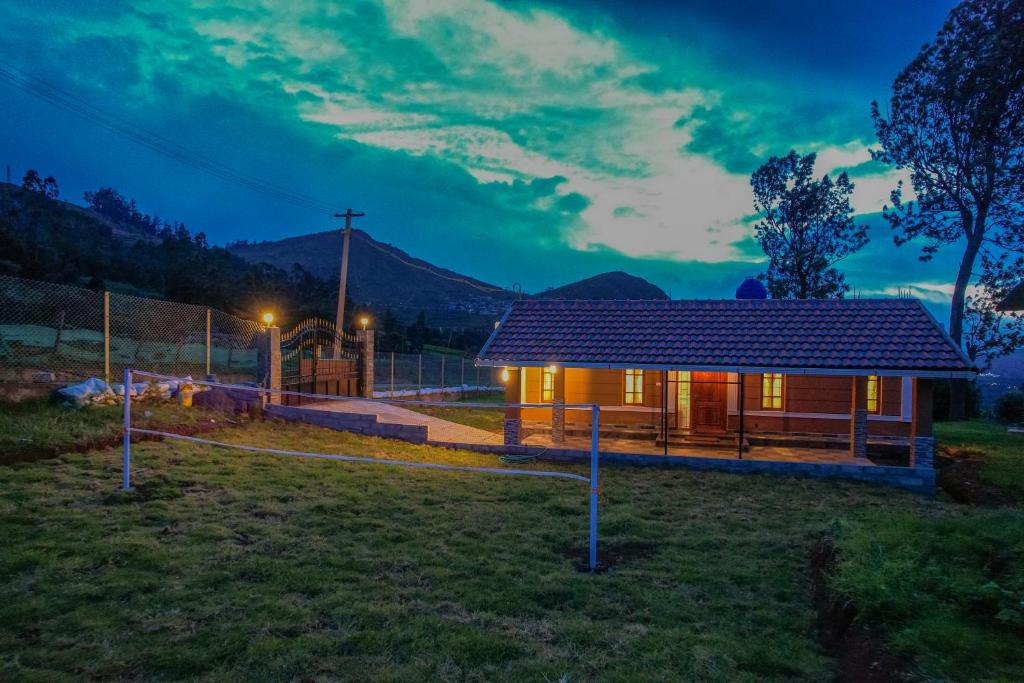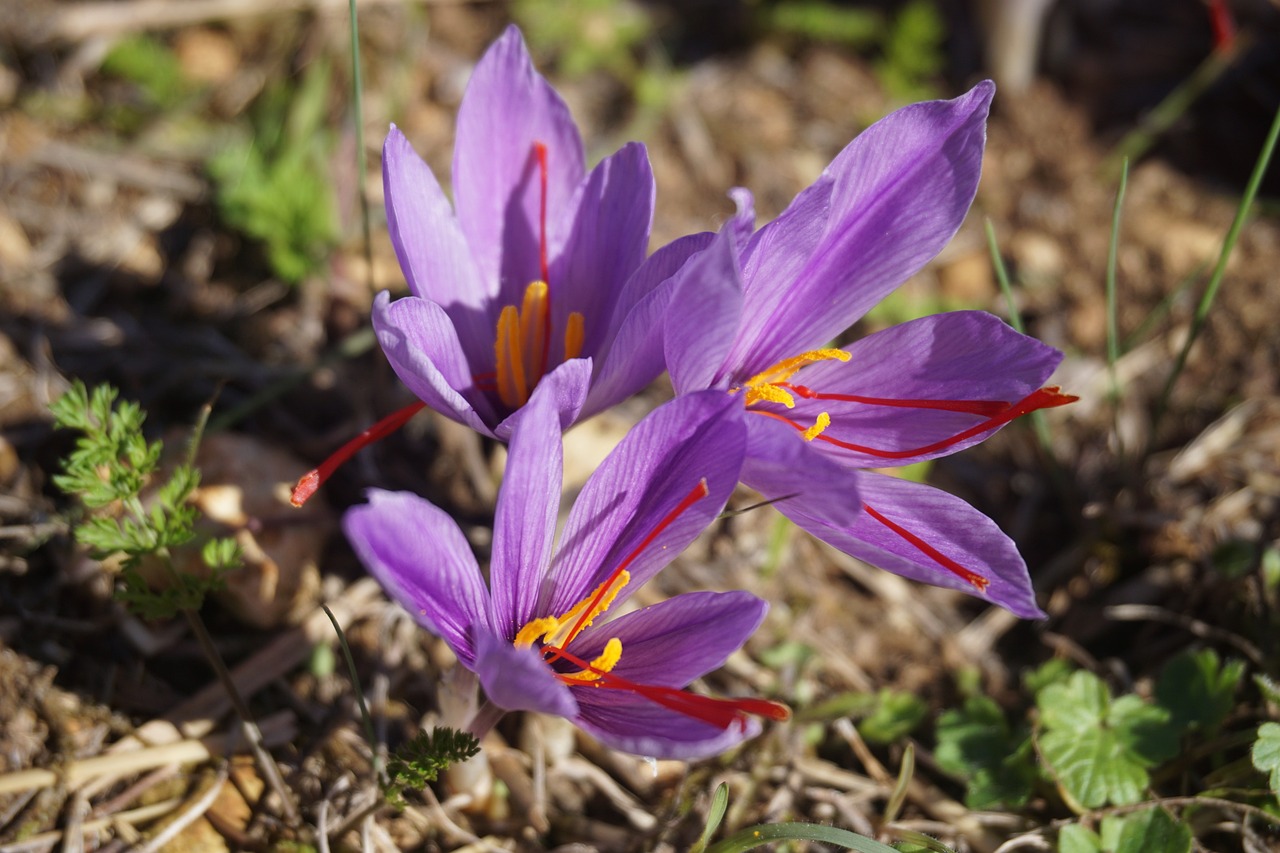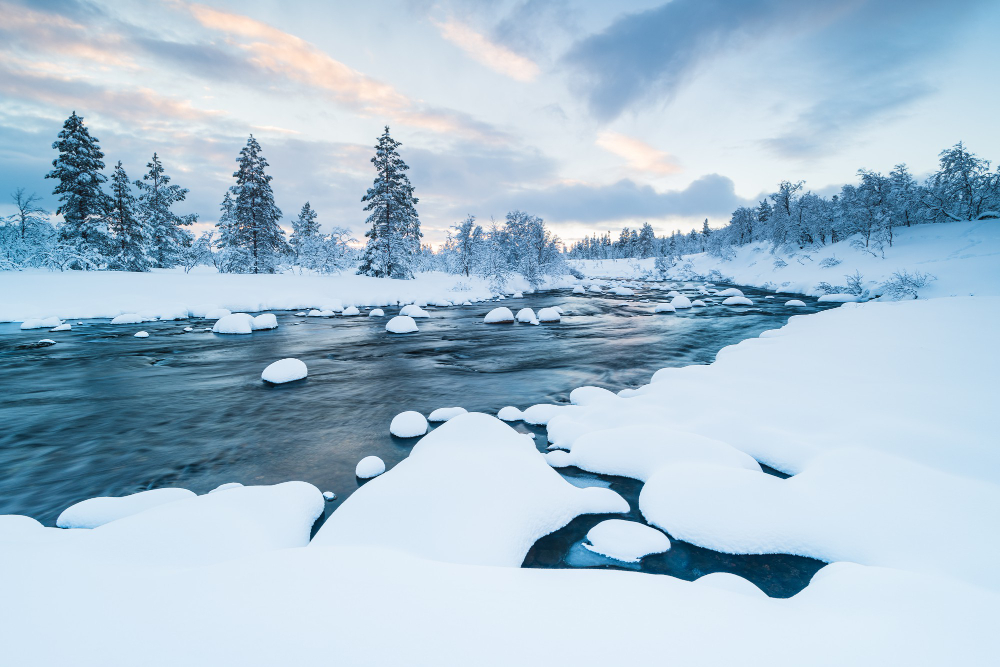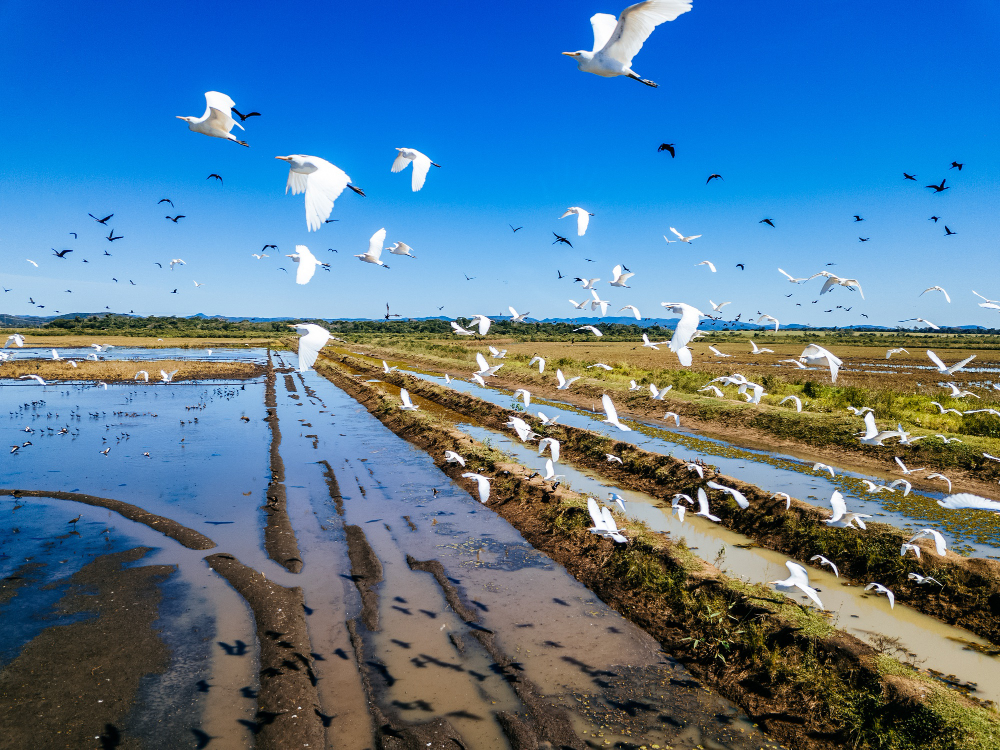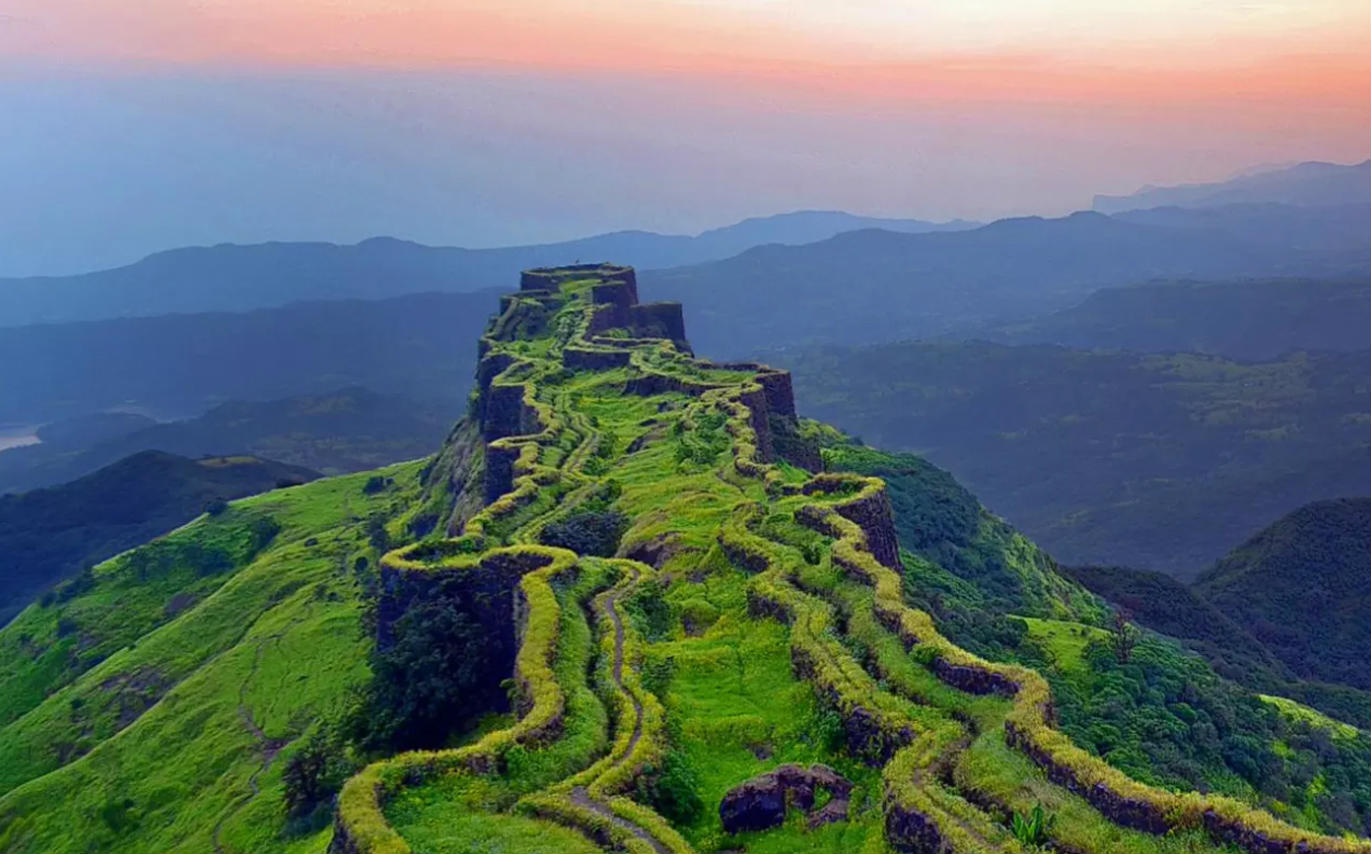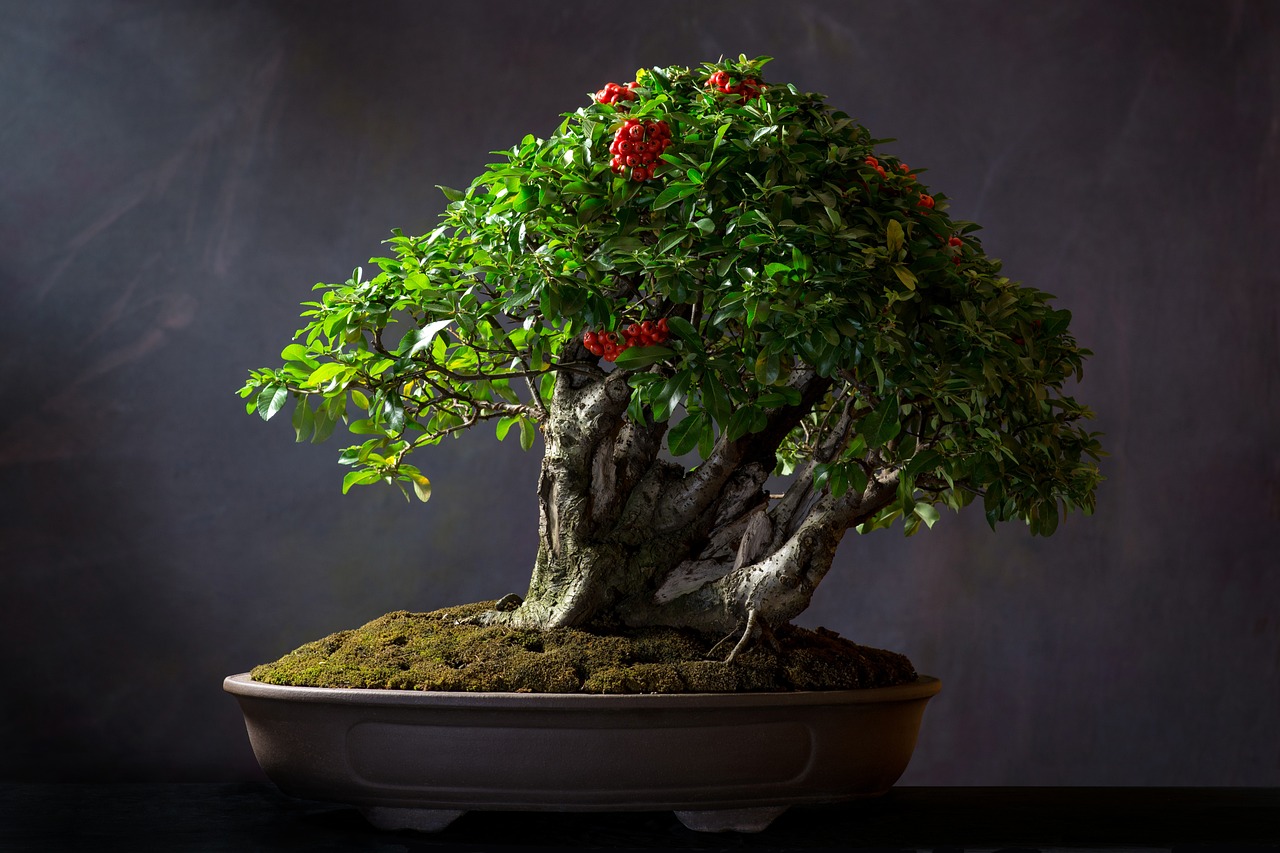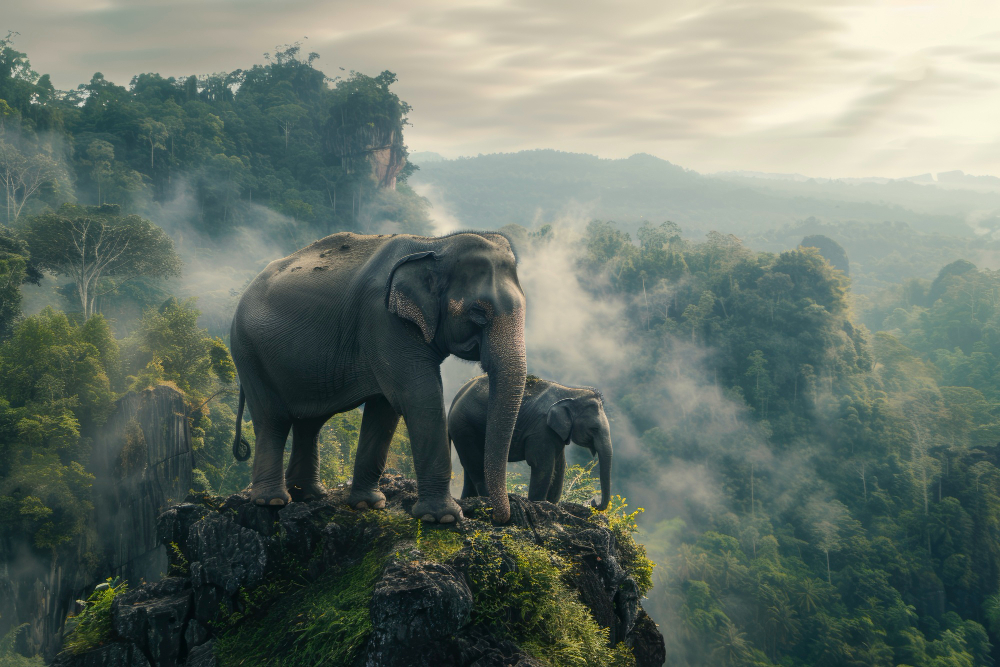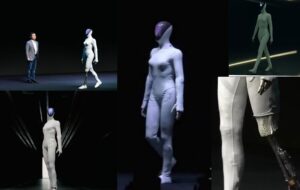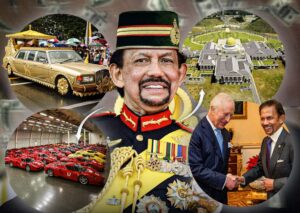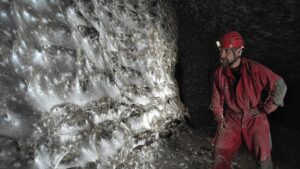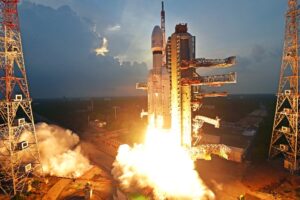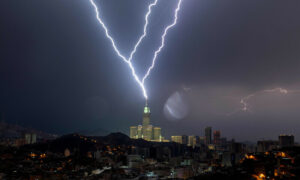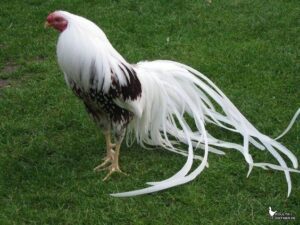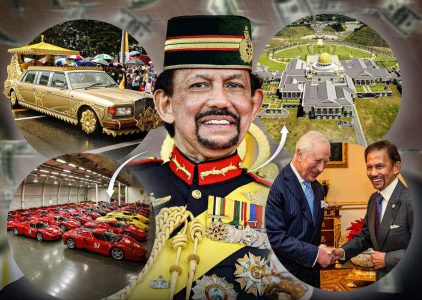 Pin
Pin Photo courtesy of @technology
In a corner of the world where the jungle meets the sea, there exists a kingdom so small you might miss it on a map, yet so wealthy that its ruler’s possessions read like fever dreams. Sultan Hassanal Bolkiah doesn’t simply own luxury, he collects it the way some men collect memories, six hundred silver phantoms on wheels, a palace whose rooms number beyond what any single lifetime could explore, and a ritual that sends aircraft across continents for the sole purpose of trimming his hair.
But wealth like this doesn’t materialize through cleverness alone or through the building of empires in glass towers. The Sultan’s fortune springs from something far older and more patient, something that has been waiting beneath the earth since before humans learned to count their riches. In Brunei, they struck a bargain with the underworld not of spirits, but of prehistoric forests compressed into liquid fortune over millions of years. The answer to the Sultan’s incomprehensible wealth lies not in banks or investments, but in the dark substance that rises from below, transforming a speck of land on Borneo’s coast into one of the most prosperous places on earth. Let us descend into this story, where geology becomes destiny and oil becomes alchemy.
Table of Contents
The Geography of Fortune
 Pin
Pin Photo courtesy of @technology
Brunei exists as a paradox, a nation so diminutive that four hundred thousand souls inhabit its entire expanse, yet blessed with subterranean treasures that mock its physical dimensions. The land itself seems unremarkable at first glance, rainforest sprawling toward the South China Sea, rivers winding through green darkness. But beneath this verdant carpet, deeper than root systems and buried civilizations, the earth holds secrets that took sixty million years to cook into perfection. When British prospectors first drove their drills into Brunei’s soil in the early twentieth century, they punctured a reservoir of wealth that would reshape the fate of everyone living above it.
What emerged was not merely oil, but a complete restructuring of possibility itself. By the time Brunei claimed its independence in 1984, the rulers had learned an essential truth that eluded many oil-rich nations: keep the profits close, keep them in the family, keep them flowing toward the palace. Today, nine out of every ten dollars that leave Brunei’s shores come from petroleum and natural gas. The Sultan controls Brunei Shell Petroleum as both monarch and prime minister, a concentration of power that funnels roughly one hundred thousand barrels daily into an economic system designed to enrich the crown. During the 1980s, when global oil prices climbed toward the heavens, his fortune swelled to forty billion dollars, making him briefly the wealthiest human alive. Even now, with markets cooled and decades passed, thirty billion remains, a sum so vast it defies ordinary comprehension.
The Palace That Defies Belief
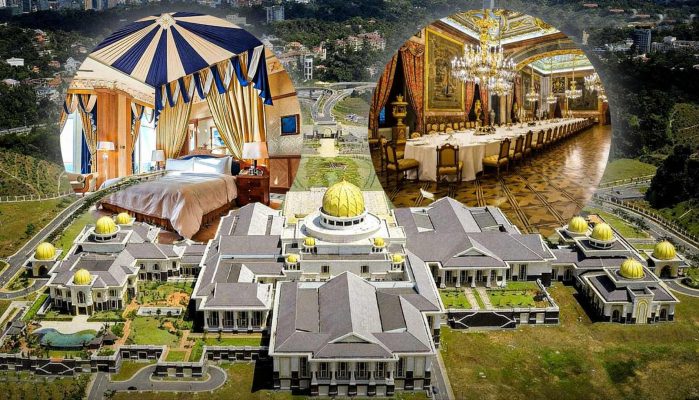 Pin
Pin Photo courtesy of @technology
There are mansions, and then there are estates, and then somewhere beyond the vocabulary of normal architecture stands Istana Nurul Iman, a structure so immense it holds the Guinness World Record for largest residential palace on earth. The numbers alone sound like clerical errors: two million square feet spread across seventeen hundred and eighty-eight rooms, connected by corridors that stretch longer than entire city blocks. To walk through every chamber would take weeks, assuming you didn’t get lost in the labyrinth of banquet halls, throne rooms, and private quarters. The palace sits on the banks of the Brunei River, its golden domes catching sunlight in a way that makes the building appear to glow, as if wealth itself had learned to radiate heat.
But scale tells only part of the story. The materials whisper the rest. Twenty-two karat gold leaf covers surfaces throughout the palace, not as accent but as standard finish. Chandeliers descend from ceilings like frozen waterfalls of crystal, each one containing enough cut glass to stock a jewelry store. The throne room alone cost over four hundred million dollars to construct, a single chamber whose price tag exceeds the annual GDP of some small nations. Five thousand guests can dine simultaneously in the banquet hall, attended by a staff numbering in the thousands who maintain this monument to excess. The Sultan opens portions of the palace to the public only once yearly, during Hari Raya celebrations, when citizens line up to receive his blessings and glimpse the interior of a building most will never fully comprehend. The palace functions less as a home and more as a physical manifestation of what happens when oil wealth meets absolute power, where every room becomes a testament to fortune extracted from deep earth and transformed into visible splendor.
A Garage Where Automotive Dreams Multiply
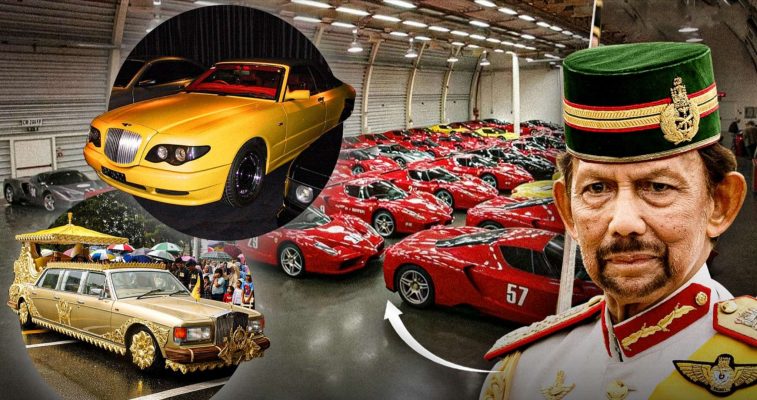 Pin
Pin Photo courtesy of @technology
The Sultan’s car collection doesn’t simply exist, it proliferates like some mechanical ecosystem where luxury vehicles reproduce beyond all reasonable limits. Seven thousand cars fill climate-controlled garages spread across the capital, each building a cathedral dedicated to automotive engineering. Among this fleet, certain manufacturers appear with almost obsessive frequency. Six hundred Rolls-Royces rest in formation, their Spirit of Ecstasy hood ornaments creating a silver army when viewed from above. Four hundred and fifty Ferraris occupy another section, their prancing horse emblems representing more of the Italian marque than most dealerships see in a lifetime. Three hundred and eighty Bentleys complete a British triumvirate of excess that makes typical luxury car ownership look like cautious frugality.
These aren’t showroom-standard vehicles pulled from regular production lines. The Sultan commissions custom editions that blur the boundary between automobile and art installation. Rolls-Royce created special runs just for Brunei, vehicles plated in actual gold, interiors stitched from leather so rare the cows themselves probably had bodyguards. Ferrari built one-off models that exist nowhere else on earth, prototypes and experiments that never saw mass production because they were designed for an audience of one. The collection grew most aggressively during the oil boom years when petroleum prices made such acquisitions feel almost reasonable, when buying a dozen custom Bentleys carried the same financial weight as ordinary people buying groceries. Maintaining this fleet requires its own dedicated staff, mechanics who spend their careers ensuring that cars rarely driven remain in perfect running condition, polished and ready should the Sultan ever decide to pilot one of his six hundred options down Brunei’s limited network of roads.
The Flying Palace and the $20,000 Haircut
 Pin
Pin Photo courtesy of @technology
When the Sultan travels, the sky itself becomes an extension of his palace, because commercial first class could never accommodate the standards to which he has grown accustomed. His personal Boeing 747 underwent modifications so extensive that Boeing’s engineers probably needed to invent new categories of luxury just to describe them. The aircraft’s interior was gutted and rebuilt with materials that seem better suited to ground-based architecture than aviation. Gold-plated sinks adorn the bathrooms, their fixtures weighing enough to make aeronautical engineers nervous. Crystal chandeliers hang in the main cabin, defying both gravity and common sense, their thousands of glass pieces secured against the turbulence that occasionally reminds passengers they’re actually airborne. The bedroom features hand-woven carpets thick enough to muffle the sound of jet engines, while the sitting areas contain furniture upholstered in fabrics whose per-yard cost exceeds what most people spend on entire sofas.
But perhaps nothing illustrates the Sultan’s approach to personal grooming quite like his relationship with his barber. The man works in London, which presents a logistical challenge that most people would solve by finding a local alternative or learning to use scissors themselves. The Sultan solves it by dispatching private aircraft across seven thousand miles of airspace, bringing the barber to Brunei for a single haircut before flying him back. The total cost of this grooming session reaches twenty thousand dollars, a sum that includes jet fuel, crew salaries, and whatever fee convinces a barber that intercontinental flight for thirty minutes of scissors work makes professional sense. This happens regularly, not as special occasion extravagance but as routine maintenance, the way other people schedule dentist appointments. The practice reveals something essential about how oil wealth warps normal economic calculations, transforming what should be absurd into merely another Tuesday in a kingdom where petroleum revenue makes everything possible.
The Birthday That Cost More Than Most Lifetimes
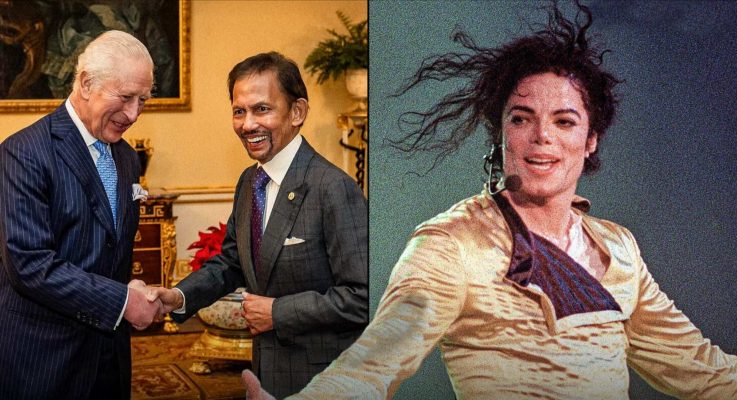 Pin
Pin Photo courtesy of @technology
In 1996, the Sultan turned fifty, and the celebration that followed became the kind of event that historians record not for its joy but for its sheer monetary weight. Twenty-seven million dollars vanished into a single birthday party, a figure so staggering that it requires context to comprehend. That amount could have built hospitals, funded universities, or provided housing for thousands. Instead, it purchased one evening of entertainment for a man who had already experienced every luxury the world offers. Michael Jackson flew in to perform, his fee alone consuming a substantial portion of the budget. Whitney Houston followed, then Stevie Wonder, a parade of musical legends whose combined talent created a private concert that most of their fans could never dream of attending.
The guest list read like a directory of global royalty and power, princes and sheikhs arriving on private jets that temporarily transformed Brunei’s airport into the world’s most exclusive parking lot. The palace grounds, already opulent on ordinary days, underwent transformations that made them unrecognizable. Flowers imported from Europe and Asia covered every visible surface, creating gardens that would wilt and die within days, their entire purpose fulfilled in hours. The catering alone required coordinating teams of chefs who prepared dishes using ingredients sourced from six continents, meals whose component parts had traveled farther than most people journey in their entire lives. Twenty-seven million dollars converted into music, flowers, food, and spectacle, then evaporated into memory. For comparison, that sum exceeds the annual income of roughly five thousand average workers in Brunei itself, their combined lifetimes of labor condensed into one night of royal celebration, a mathematical equation that reveals how completely oil wealth has detached the Sultan’s reality from ordinary human experience.
The Private Zoo Where Exotic Creatures Wander
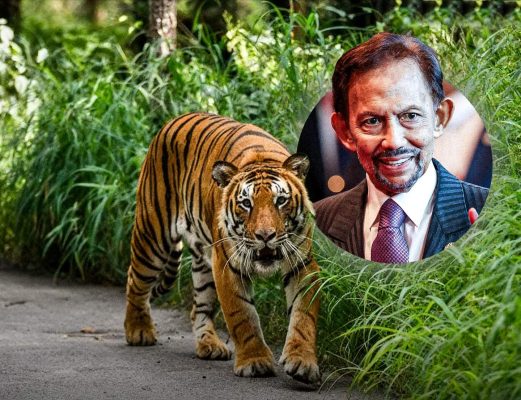 Pin
Pin Photo courtesy of @technology
The Sultan’s fascination with rare animals led to the creation of a private menagerie that functions as a living catalog of the world’s most extraordinary wildlife. Bengal tigers pace behind reinforced enclosures, their stripes rippling across muscles that could tear through steel if given the chance. These aren’t zoo animals in the traditional sense, broken and docile from generations of captivity. Many arrived as cubs, purchased from breeders who specialize in providing predators to clients whose wealth removes normal barriers to ownership. The tigers share grounds with species collected from across the globe, each one representing not just an animal but a transaction that required navigating international wildlife laws, export permits, and the kind of paperwork that only unlimited resources can expedite. Polo ponies from Argentina graze in climate-controlled stables despite Brunei’s tropical heat, their lineages traced back through generations of selective breeding that produced horses worth more than luxury cars.
The zoo exists in a strange space between conservation and collection, where the line separating preservation from possession becomes impossibly thin. Veterinary staff work full-time maintaining the health of creatures whose natural habitats span from Siberian forests to African savannas, all relocated to a small Southeast Asian nation because one man’s wealth made their transport possible. The enclosures themselves cost millions to construct, each one climate-controlled and designed to approximate the animal’s native environment, though no amount of engineering can truly recreate the Serengeti or the Himalayas within Brunei’s borders. Critics might question the ethics of keeping wild animals as status symbols, but the Sultan’s zoo operates beyond normal scrutiny, existing in the same legal gray area that shields most royal activities from outside judgment. The animals live pampered lives, fed premium diets and attended by expert care, yet they remain fundamentally captive, their existence serving primarily as another demonstration of what oil money can acquire when it sets its mind to owning pieces of the natural world.
The Royal Family's Grip on National Wealth
Understanding the Sultan’s fortune requires grasping a fundamental truth about how Brunei operates as a nation. This isn’t a constitutional monarchy where royal wealth exists separately from state finances, with clear boundaries between personal fortune and public funds. In Brunei, these distinctions blur into irrelevance. The Sultan serves simultaneously as monarch, prime minister, and minister of defense, concentrating political power in ways that would be unthinkable in most modern nations. This arrangement means that oil revenues flowing into state coffers essentially become royal income, with no parliament or opposition parties to question how petroleum profits get allocated. The distinction between national treasury and personal wealth account exists more in theory than in practice, creating a financial structure where the Sultan can theoretically access Brunei’s entire economic output if circumstances required it.
This system didn’t emerge accidentally but represents centuries of traditional sultanate governance adapted to modern oil economics. When Brunei gained independence from Britain in 1984, the Sultan declined to implement democratic reforms that might have distributed power more broadly across Bruneian society. Instead, he maintained absolute monarchy, arguing that traditional Islamic governance suited Brunei better than Western democratic models. The result is a nation where approximately thirty billion dollars in royal wealth exists alongside a population that enjoys certain benefits of petroleum prosperity, free healthcare and education, no income taxes, but possesses no meaningful voice in determining how their national resources get managed. The Sultan’s brothers and extended family members hold key government positions, creating a network of royal control that extends throughout Brunei’s administrative structure. This concentration of power explains how one family accumulated wealth that rivals the GDP of entire countries, not through business genius or innovation, but through controlling a nation’s primary resource and facing no institutional checks on how that resource’s profits get distributed.
The Oil Boom Years When Fortune Seemed Infinite
 Pin
Pin Photo courtesy of @technology
During the 1980s, something happened in global energy markets that transformed the Sultan’s already considerable wealth into something that defied comprehension. Oil prices climbed steadily throughout the decade, driven by geopolitical tensions, supply disruptions, and growing global demand that made petroleum more valuable than it had ever been. For Brunei, this meant that every barrel pumped from beneath its jungles sold for prices that seemed to multiply monthly. The Sultan’s fortune swelled accordingly, ballooning from billions to tens of billions as oil revenue flooded into accounts faster than it could be spent, even by someone actively trying to purchase everything expensive that existed. By 1988, financial analysts calculated his net worth at approximately forty billion dollars, crowning him the wealthiest individual on the planet, surpassing industrial heirs and technology pioneers whose fortunes had taken generations to accumulate.
This period marked the peak of royal acquisition, when the car collection expanded from impressive to incomprehensible, when palace renovations knew no budget constraints, when commissioning custom aircraft modifications seemed as casual as buying new furniture. The Sultan operated in an economic reality where normal concepts of value and restraint simply didn’t apply, because petroleum revenues replenished his accounts faster than even the most extravagant spending could deplete them. Investment portfolios diversified across global markets, real estate holdings multiplied in major cities worldwide, and Brunei itself underwent rapid development funded by seemingly endless oil profits. But commodity markets eventually obey gravity’s laws, even when they seem to defy them temporarily. Oil prices peaked and then retreated as they always do, following cycles of boom and bust that have characterized petroleum economics since the first wells were drilled. The Sultan’s wealth declined from its stratospheric peak, settling into the merely astronomical thirty billion dollar range where it remains today, still extraordinary but no longer enough to claim the title of world’s richest person in an era when technology billionaires accumulate hundred-billion-dollar fortunes.
The Economic Model That Can't Last Forever
Brunei’s wealth rests on a foundation that every geologist and economist knows contains an expiration date built into its molecular structure. Oil reserves, no matter how vast they appear when first discovered, represent finite accumulations of organic matter that took millions of years to form and can be extracted in mere decades. Brunei’s petroleum fields have been producing since the 1920s, over a century of continuous pumping that has steadily depleted the underground reservoirs that made the nation wealthy. Current estimates suggest Brunei’s oil reserves might last another twenty to thirty years at present extraction rates, though these calculations shift depending on new discoveries and changing consumption patterns. Natural gas reserves extend somewhat longer, perhaps forty years, but even this represents merely a postponement rather than a solution to the fundamental problem that Brunei’s entire economic model depends on selling substances that will eventually run out.
The Sultan and his advisors understand this arithmetic, which explains recent attempts to diversify Brunei’s economy beyond petroleum dependence. Government initiatives have tried promoting tourism, though convincing travelers to visit a strict Islamic monarchy that prohibits alcohol presents obvious marketing challenges. Efforts to develop financial services and technology sectors have produced limited results, hindered by a small population and geographic isolation that makes competing with Singapore or Malaysia nearly impossible. The uncomfortable truth is that Brunei spent decades converting oil into luxury goods rather than building the industrial infrastructure or educational institutions that might have created alternative revenue sources. The palace, the cars, the private zoo, all represent wealth that got consumed rather than invested in sustainable economic development. When the oil finally runs dry, Brunei will face a reckoning that no amount of golden bathroom fixtures can postpone, a future where the Sultan’s descendants might find themselves ruling a much poorer nation, their ancestors’ extravagance having traded long-term prosperity for short-term splendor that dazzled the world but prepared nothing for the day when the wells run empty.
The Global Controversies That Shadow the Glitter
The Sultan’s wealth exists within a larger context of human rights concerns that international observers have documented with increasing alarm over the past decades. In 2019, Brunei implemented a strict interpretation of Sharia law that included punishments considered barbaric by most of the international community, provisions for stoning and amputation that sparked immediate global outcry. Celebrities and activists called for boycotts of Sultan-owned hotels scattered across Beverly Hills, London, and Paris, luxury properties that serve as visible extensions of Brunei’s royal wealth into Western capitals. The backlash revealed how the Sultan’s fortune functions not merely as personal wealth but as a geopolitical force, his investments making him vulnerable to public pressure in ways that purely domestic rulers never experience. LGBTQ rights organizations particularly focused attention on laws criminalizing homosexuality with penalties that included death, though Brunei later announced a moratorium on enforcement following the international firestorm.
Beyond religious law controversies, questions linger about how petroleum wealth gets distributed within Brunei itself. While citizens enjoy benefits like free healthcare and education, migrant workers who constitute a significant portion of the workforce face conditions that human rights groups describe as exploitative, laboring to build infrastructure and maintain services while possessing few legal protections. The concentration of wealth within the royal family while ordinary Bruneians possess limited economic opportunities creates a society where prosperity exists but remains fundamentally unequal, accessible mainly through government employment or royal favor. The Sultan’s extravagant spending becomes harder to justify morally when set against a backdrop where workers building his nation’s infrastructure often live in cramped dormitories earning wages that barely sustain them. The contrast between six hundred Rolls-Royces and laborers sharing crowded housing creates an uncomfortable visual metaphor for how oil wealth can enrich rulers while bypassing the people whose land actually contains the resource. These controversies don’t diminish the Sultan’s fortune in any financial sense, but they complicate the story of his wealth, adding shadows to the golden glow that surrounds his legendary extravagance.
The Legacy of a Man Who Turned Oil Into Opulence
When historians eventually assess Sultan Hassanal Bolkiah’s reign, they will confront a figure who embodies both the possibilities and limitations of resource-based wealth. His story answers a question that extends beyond mere curiosity about luxury cars and golden palaces. It reveals what happens when geological fortune intersects with absolute power, when a single family controls the profits from a natural resource valuable enough to fund almost any imaginable extravagance. The Sultan didn’t build his wealth through innovation or entrepreneurship in the traditional sense. He inherited a throne that happened to rest above some of the richest petroleum deposits in Southeast Asia, then maintained political structures that ensured those deposits’ profits flowed directly into royal accounts with minimal interference or distribution. His genius, if we can call it that, lay in preserving this arrangement while the world around him democratized and diversified, keeping Brunei frozen in a system where oil money and royal privilege remain inseparable.
Yet this legacy carries within it the seeds of its own obsolescence. The Sultan created a lifestyle so extravagant that it requires continuous petroleum revenue to sustain, building no alternative foundations that might survive when the oil inevitably depletes. His palace will stand for centuries, a monument to what brief geological fortune made possible. His car collection will eventually populate museums, artifacts of an era when one man could casually accumulate seven thousand vehicles. But the system that enabled this accumulation cannot replicate itself once its energy source exhausts. The Sultan’s wealth, in the end, represents a conversion of ancient sunlight stored underground into temporary splendor above ground, a transaction that dazzles in the present but offers little guidance for the future. His answer to limitless resources was limitless consumption, a choice that future generations of Bruneians may regard with wonder, envy, or perhaps regret, depending on what kind of nation remains after the last barrel gets pumped and sold.
FAQs
Most of the vehicles remain unused, maintained by dedicated staff. The collection functions more as preserved automotive history than transportation.
While exact figures aren’t public, estimates suggest daily operating costs exceed hundreds of thousands of dollars for staff, utilities, and upkeep alone.
The palace opens once yearly during Hari Raya. Some royal mosques are accessible, but most of the Sultan’s private properties remain off-limits to visitors.
The nation faces serious economic challenges. Current diversification efforts show limited success, and the transition away from oil dependence remains uncertain.
No, Thailand’s King now holds more wealth. The Sultan ranks among the richest royals but no longer claims the top position he held in the 1980s.
